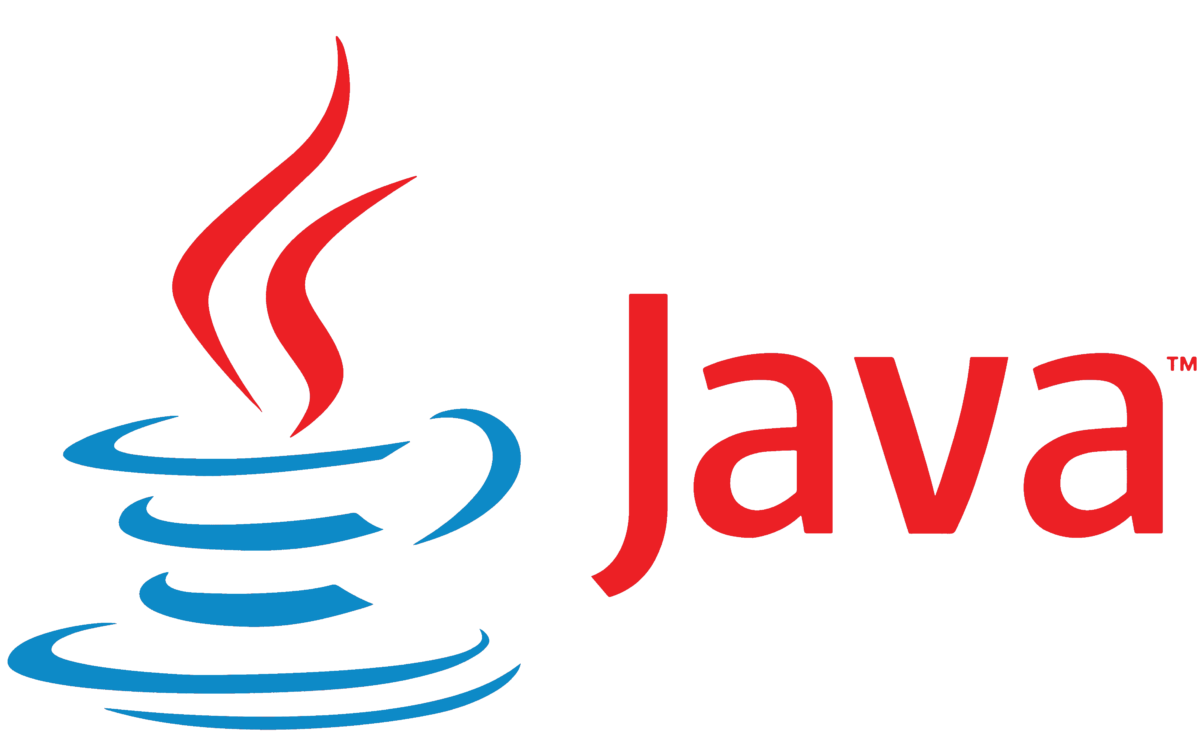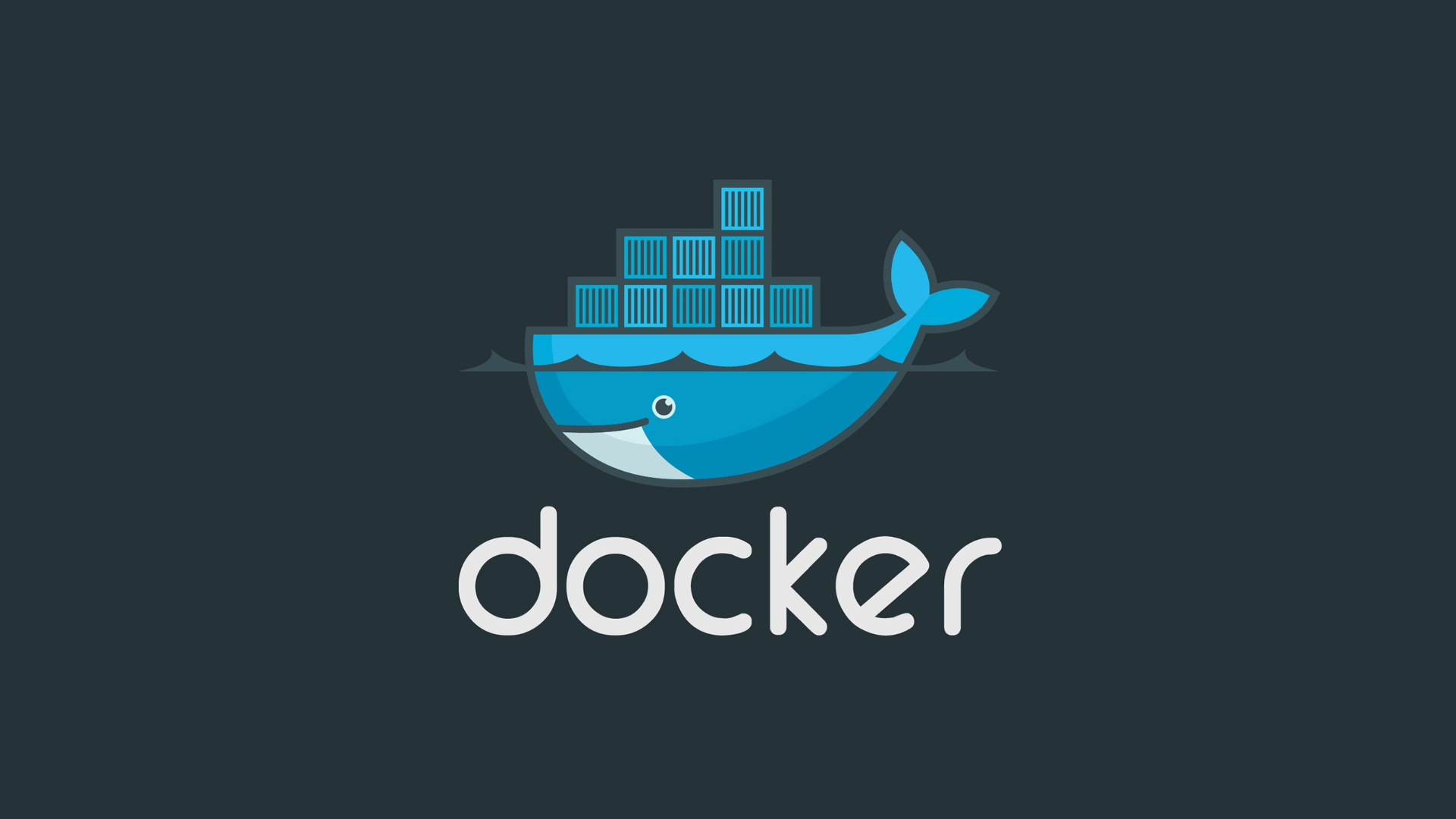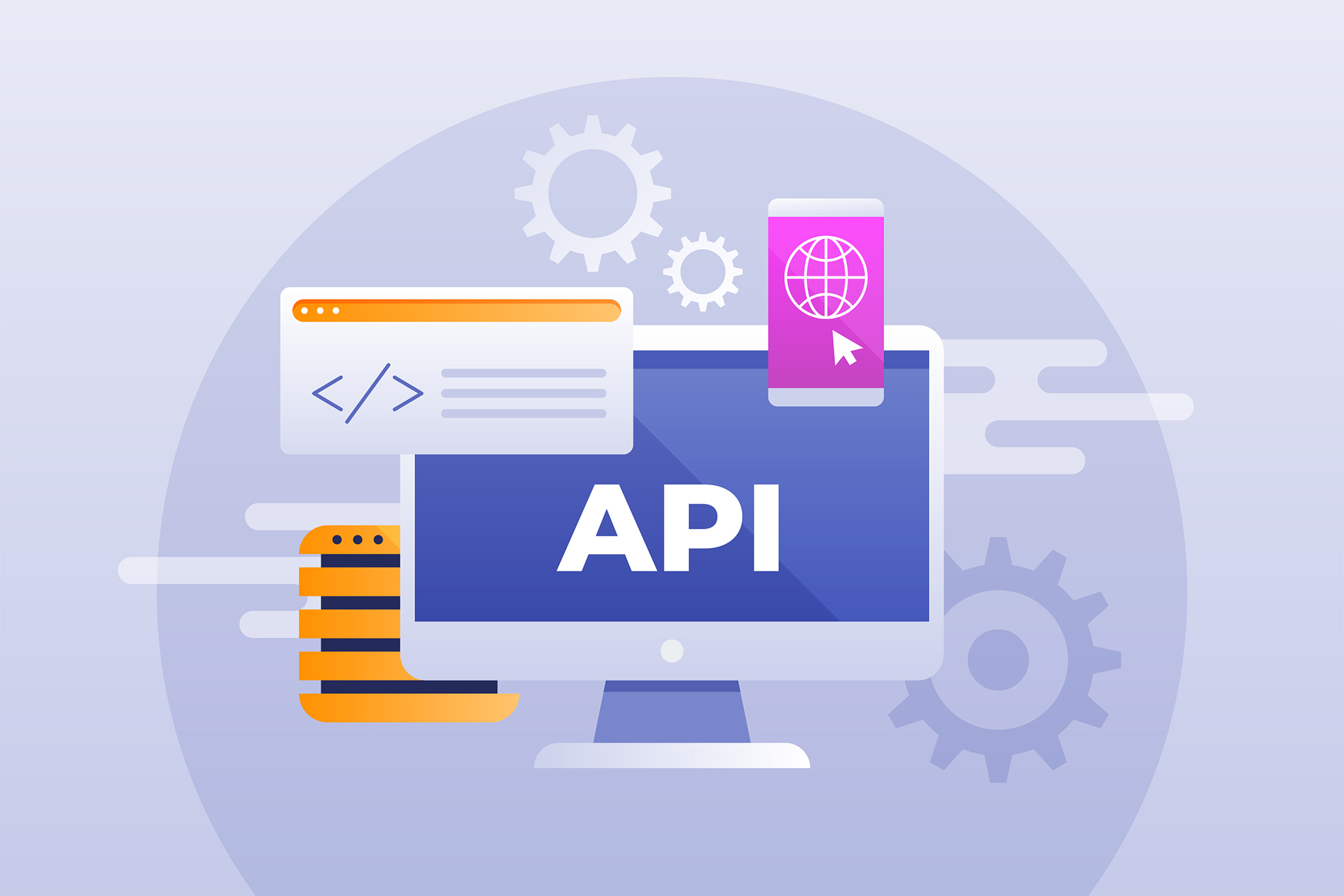Author: Natan Ferreira

How to sort Java Collections?
 Natan Ferreira
Natan Ferreira- 0
- 112
Sorting in Java Collections is an essential feature for organizing collection elements in ascending or descending order. Using the Comparable or Comparator interfaces, custom sorting criteria can be defined. The Collections class provides utility methods, such as sort(), to apply these rules. This enables efficient and flexible data processing. Hands on The following example is…
Read More
How does Poor Man’s Load Balancer work?
 Natan Ferreira
Natan Ferreira- 0
- 106
Understanding the concept of Poor Man’s Load Balancer is an interesting and educational approach, especially for grasping the fundamentals of horizontal scalability using containers and load balancing. Horizontal scalability allows multiple container instances, and requests will be distributed by the Load Balancer. This model is widely used in high-demand environments. Benefits: Problems and Solutions: How…
Read More
How to run tasks in parallel with timeout in Java?
 Natan Ferreira
Natan Ferreira- 0
- 217
The use of Threads is essential to improving the performance and responsiveness of modern applications. With threads, it is possible to execute multiple tasks simultaneously, maximizing processor resources. They allow intensive operations, such as calculations or accessing external resources (e.g., databases, APIs), to be performed in parallel without blocking the main execution. Imagine the following…
Read More
What is Docker Compose and how to use?
 Natan Ferreira
Natan Ferreira- 0
- 117
Docker Compose is a tool that allows you to define and manage multi-container applications for Docker using a single YML file (docker-compose.yml). With it, you can configure services, networks, and volumes in a readable and reproducible format. It is ideal for managing complex environments where multiple services (such as a database, cache, and backend) need…
Read More
How to create a Docker Image using maven?
 Natan Ferreira
Natan Ferreira- 0
- 241
Creating Docker images using Maven is essential to integrate the containerization process directly into the application’s build and deployment pipeline, offering significant benefits for developers and DevOps teams. Let’s see how to create a Docker image with Maven in Spring. This post is a continuation of the previous one; if you have any questions, feel…
Read More
How to build application image with Dockerfile?
 Natan Ferreira
Natan Ferreira- 0
- 190
Since this is a Java application, I need to use an image that can run a Java application. We need the Dockerfile and to use the OpenJDK base image. This Dockerfile is a recipe for building a Docker image that runs a Java application. Each instruction in the Dockerfile has a specific purpose. Let’s go…
Read More
How to handle exceptions in Spring?
 Natan Ferreira
Natan Ferreira- 0
- 185
Exception handling in APIs is essential to ensure clear and efficient communication between the server and client, preventing unexpected interruptions and enhancing the user experience. By properly handling exceptions, the API can return user-friendly and informative error messages, making it easier to identify and resolve issues. Additionally, this practice improves the application’s security and robustness,…
Read More
How do Spring IoC and Dependency Injection work?
 Natan Ferreira
Natan Ferreira- 0
- 175
Before discussing how Inversion of Control (IoC) and Dependency Injection (DI) work in Spring, it’s essential to understand what each of them means. If you have any questions, check out this post where I cover these two very important concepts. Spring has a container that manages Beans. Beans are objects managed by the Spring container…
Read More
How to use Rest Controllers in Spring?
 Natan Ferreira
Natan Ferreira- 0
- 169
When creating a REST API in Spring, it is necessary to use some annotations, as this allows us to create the endpoints. All of this is necessary because we need to follow the “Richardson Maturity Model” to maintain a REST API with a good level of maturity. If you want to learn more about the…
Read More
What is Richardson Maturity Model?
 Natan Ferreira
Natan Ferreira- 0
- 156
It is a model (developed by Leonard Richardson) to improve API maturity. To achieve the glory of REST, the API must have maturity levels. There are 4 levels, and next we will see how each of them works. Level 0: The Swamp of POX This level defines that the use of the HTTP protocol is…
Read More